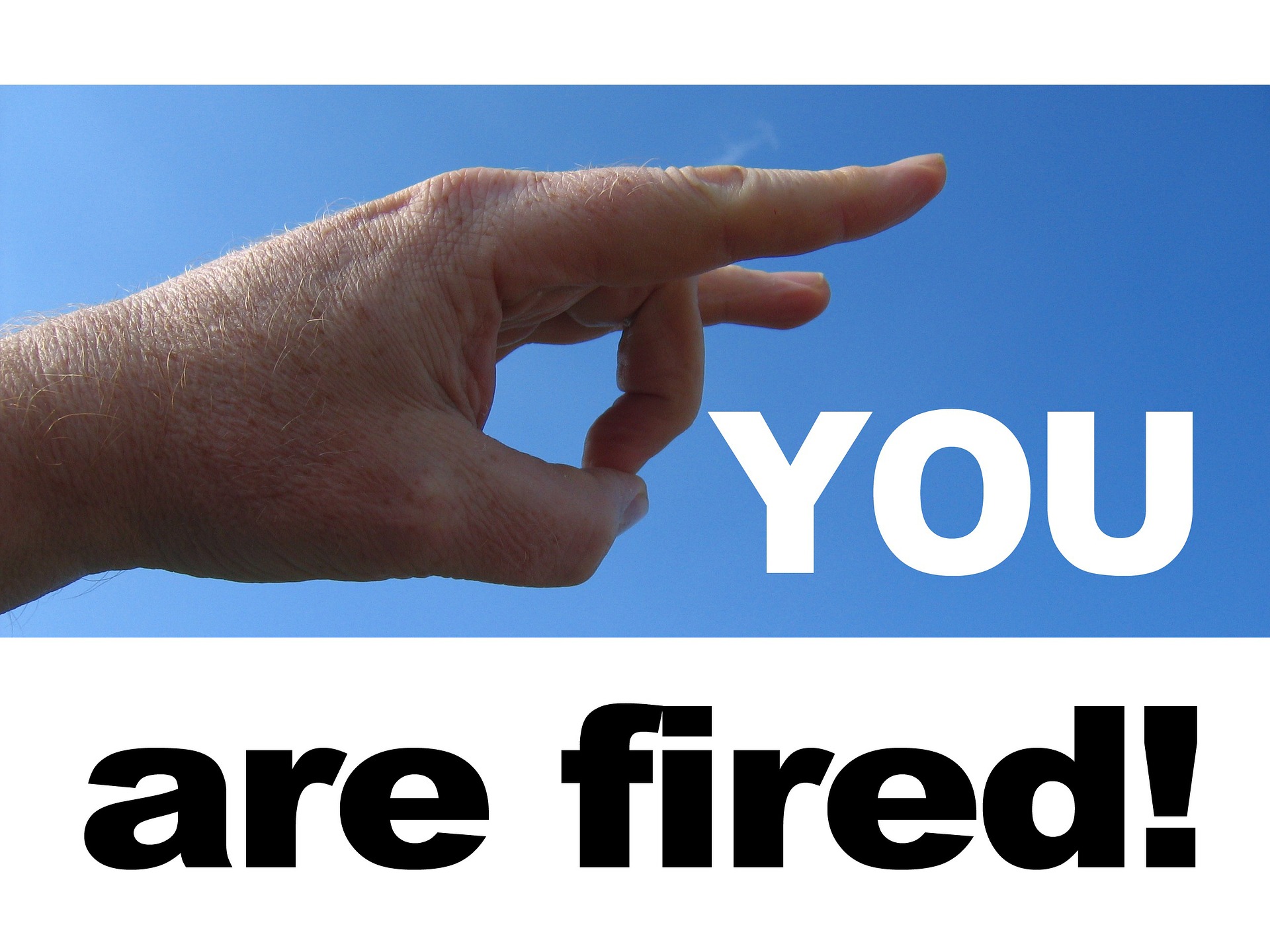Employers will often try to argue that they fired an employee for lawful reasons and may claim that the employee had poor performance, bad behavior, or some other similar reason.
Wrongful termination is a relatively straightforward legal concept – it is when an employer fires an employee for an illegal reason. For employees who are facing wrongful termination (or what they suspect to be wrongful termination), next steps might not immediately come to mind. However, the steps an individual takes following being fired for an illegal or unlawful reason can really make a difference in how their case can be approached, especially in determining if their employer can be held accountable.
Below, we discuss 5 steps that you can take if you have been wrongfully terminated from your employment.
Steps to Take After Being Wrongfully Terminated from Your Job
1: Stay calm.
Staying calm is perhaps an obvious step, but it bears being placed first on our list. Wrongful termination can often come after a long stint of workplace discrimination, harassment, or other factors that have made the workplace hostile.
If you suspect that you might be terminated by your employer, mentally preparing for it can also go a long way to helping you stay calm.
Staying calm during and after the wrongful termination can be helpful to you as you handle an undoubtedly stressful situation. You will have plenty of steps to take after the initial termination and going in with a calm mind can make the next steps easier in the long run.
2: Save all your communication and evidence.
Be sure to save all of the communication that you can. This can include emails, text messages, direct messages, physical copies of paperwork, conversations, and work incidents that could potentially be relevant to your case.
They can help support your view of the events that led up to your termination and serve as documentation of any harassment, discrimination, or retaliation that you faced.
Other types of evidence that might be relevant to save can include eyewitness accounts from other coworkers, supervisors, and non-workers who saw the discriminatory or retaliatory actions taking place.
Lastly, be sure to request a letter that states the reason for your termination to the extent that you are able to get your employer to provide such information. Typically, the outcome of a wrongful termination case will depend on if your employer can defend the official termination reason in court. Having documentation of the reason for your own reference is important.
3: Write out the events that happened from your point of view.
A great follow up step to take after gathering your evidence is to document the events leading up to and including the termination from your own point of view. Doing this as soon as you are able to is usually the best practice since your memories of events might fade the longer you wait.
Having a provable account of why your termination was wrongful is going to be important when you pursue a wrongful termination claim against a former employer.
Some things to include in your own account of events:
- Specific dates
- People’s names who were involved
- Quotes (as best as you can remember)
4: File a complaint with the most appropriate or relevant agency.
Depending on the nature of your wrongful termination, there are a few different agencies that you may need to file a complaint with. Below are two of the most relevant agencies that you may file a complaint with:

- Equal Employment Opportunity Commission (EEOC): The EEOC oversees federal laws that tie to discrimination, harassment, and retaliation.
- Occupational Safety and Health Administration (OSHA): OSHA handles health and safety matters. They handle complaints and whistleblower complaints.
There may also be certain state agencies that you might file complaints with as well, such as the Ohio Civil Rights Commission if you were an employee working in Ohio.
If you are unsure of which agency to file with, speaking with an Ohio wrongful termination attorney can help you determine which one is most suited to your situation.
5: Consult with an Ohio wrongful termination lawyer.
Lastly, consider consulting with a Columbus wrongful termination lawyer. Wrongful termination cases are not simple cases to win and having an experienced employment lawyer on your side from the get-go can be helpful.
Employers will often try to argue that they fired an employee for lawful reasons and may claim that the employee had poor performance, bad behavior, or some other similar reason.
An employment lawyer will be able to provide legal advice and guidance throughout the process of pursuing a wrongful termination claim – all while figuring out the best ways to hold the employer accountable for their unlawful actions.


Join the conversation!